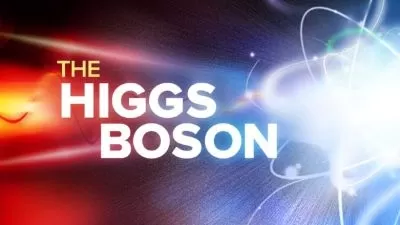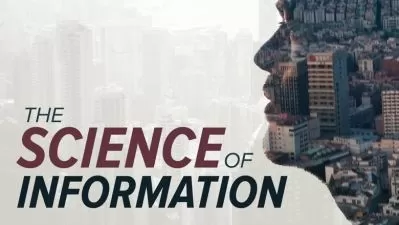UV-Visible Spectroscopy and Circular Dichroism Spectroscopy
1:11:40
Description
Spectroscopy
What You'll Learn?
- Basic Concept of UV-Visible spectroscopy.
- Interaction of organic molecules with light and what do we measure in UV-Visible spectroscopy.
- UV-Visible spectrum of ATP
- UV-visible spectrum of NAD+/NADH
- UV-Visible spectrum of cytochrome-c
- UV-Visible spectrum of Beta-carotene
- UV-Visible spectrum of Proteins
- UV-Visible spectrum and melting point of DNA
- UV-Visible spectrum and purity of DNA and proteins
- Types of light and what is circular dichroism?
- How are we measuring circular dichroism and introduction various parameters.
- Circular dichroism of proteins
- Circular dichroism of DNA
- Additional learning on Ramachandran plot of proteins
Who is this for?
What You Need to Know?
More details
DescriptionThe major issues with the courses on spectroscopy are inclusion of too much instrumentation, electronics, mathematical calculations, and very less discussion on data analysis. This course on UV-Visible spectroscopy and circular dichroism spectroscopy for the students is for the students who want to learn the basic aspects and the data analysis by using so many examples.
This course will be teaching about two major and important techniques related to biology and organic chemistry that is UV visible spectroscopy and circular dichroism spectroscopy. It is a perfect introductory course for the students which starts its journey with discussion on basic concept of visible spectroscopy and it tells you about how different organic molecules with double bonds, with conjugated systems, and with lone pairs are interacting with light. Then it starts discussing about different examples of UV visible spectroscopy data analysis with the help of graphs.
In the third section, it talks about circular dichroism by starting with types of light and what is actually circular dichroism. Then it tells you how we are measuring CD, circular dichroism, what is ellipticity, basic formulas, basic discussion of fundamentals, and basic mathematics of CD. Then it goes on and talks about circular dichroism of proteins by taking 3 to 4 examples. Then finally, the third section ends with circular dichroism of DNA.
This course also contains a additional learning section where you learn about a very interesting but complicated topic, The Ramachandran plot of protein secondary structures. So, guys, let us enjoy the whole discussion on UV visible spectroscopy and circular dichroism spectroscopy. All the best.
Who this course is for:
- Bachelor's students of biology, organic chemistry, biochemistry and life sciences.
- Master's students of biology, organic chemistry, biochemistry and life sciences.
- Researchers in the field of biology, organic chemistry, biochemistry and life sciences.
- Medical students and medical professionals
- Biology, organic chemistry, biochemistry and life science enthusiasts
The major issues with the courses on spectroscopy are inclusion of too much instrumentation, electronics, mathematical calculations, and very less discussion on data analysis. This course on UV-Visible spectroscopy and circular dichroism spectroscopy for the students is for the students who want to learn the basic aspects and the data analysis by using so many examples.
This course will be teaching about two major and important techniques related to biology and organic chemistry that is UV visible spectroscopy and circular dichroism spectroscopy. It is a perfect introductory course for the students which starts its journey with discussion on basic concept of visible spectroscopy and it tells you about how different organic molecules with double bonds, with conjugated systems, and with lone pairs are interacting with light. Then it starts discussing about different examples of UV visible spectroscopy data analysis with the help of graphs.
In the third section, it talks about circular dichroism by starting with types of light and what is actually circular dichroism. Then it tells you how we are measuring CD, circular dichroism, what is ellipticity, basic formulas, basic discussion of fundamentals, and basic mathematics of CD. Then it goes on and talks about circular dichroism of proteins by taking 3 to 4 examples. Then finally, the third section ends with circular dichroism of DNA.
This course also contains a additional learning section where you learn about a very interesting but complicated topic, The Ramachandran plot of protein secondary structures. So, guys, let us enjoy the whole discussion on UV visible spectroscopy and circular dichroism spectroscopy. All the best.
Who this course is for:
- Bachelor's students of biology, organic chemistry, biochemistry and life sciences.
- Master's students of biology, organic chemistry, biochemistry and life sciences.
- Researchers in the field of biology, organic chemistry, biochemistry and life sciences.
- Medical students and medical professionals
- Biology, organic chemistry, biochemistry and life science enthusiasts
User Reviews
Rating

Udemy
View courses Udemy- language english
- Training sessions 21
- duration 1:11:40
- Release Date 2025/02/03










